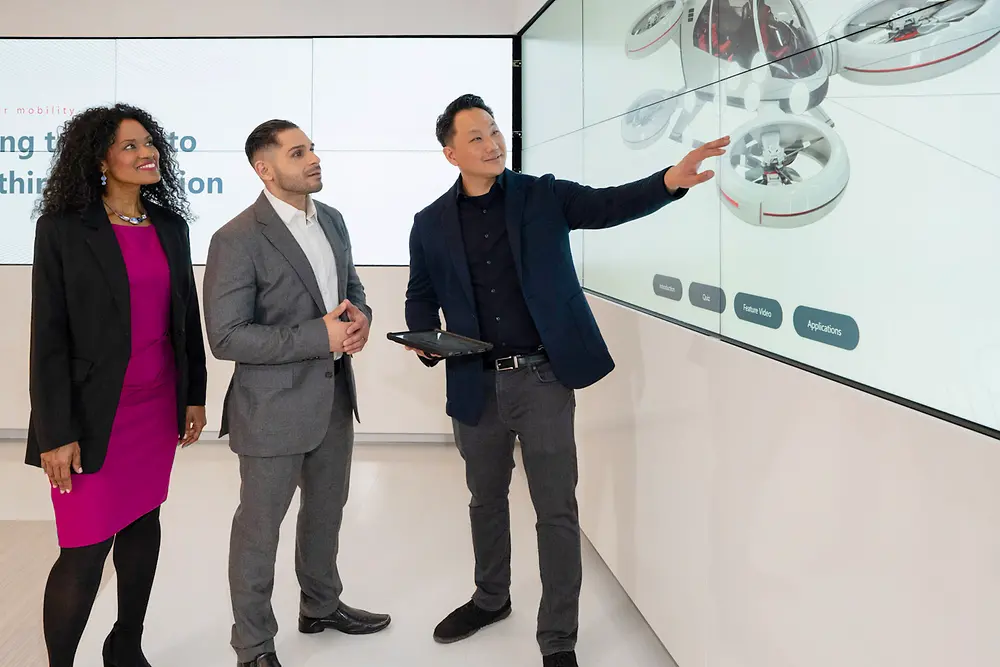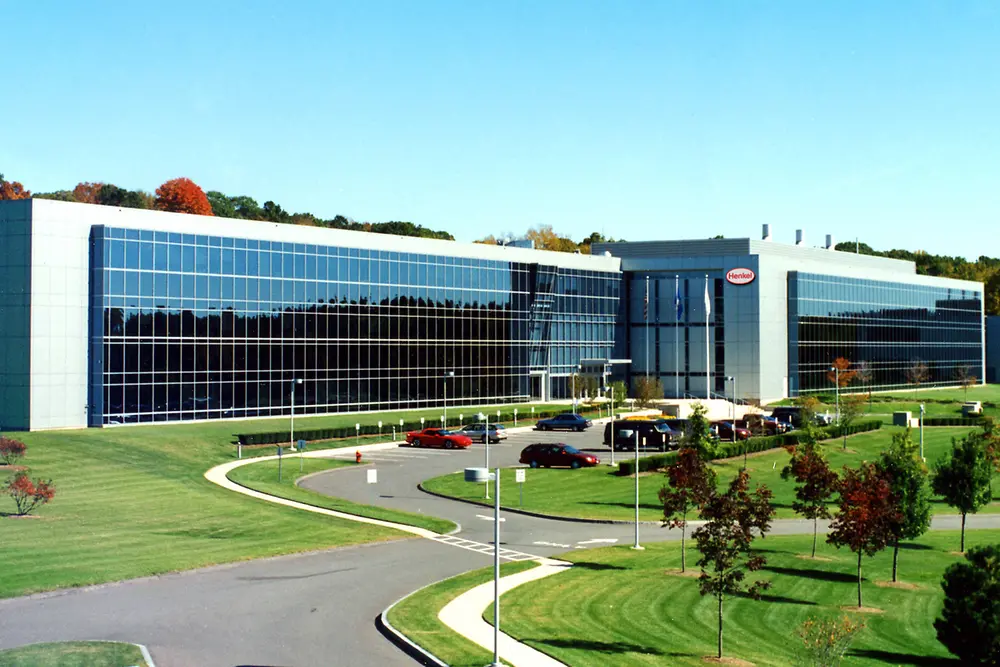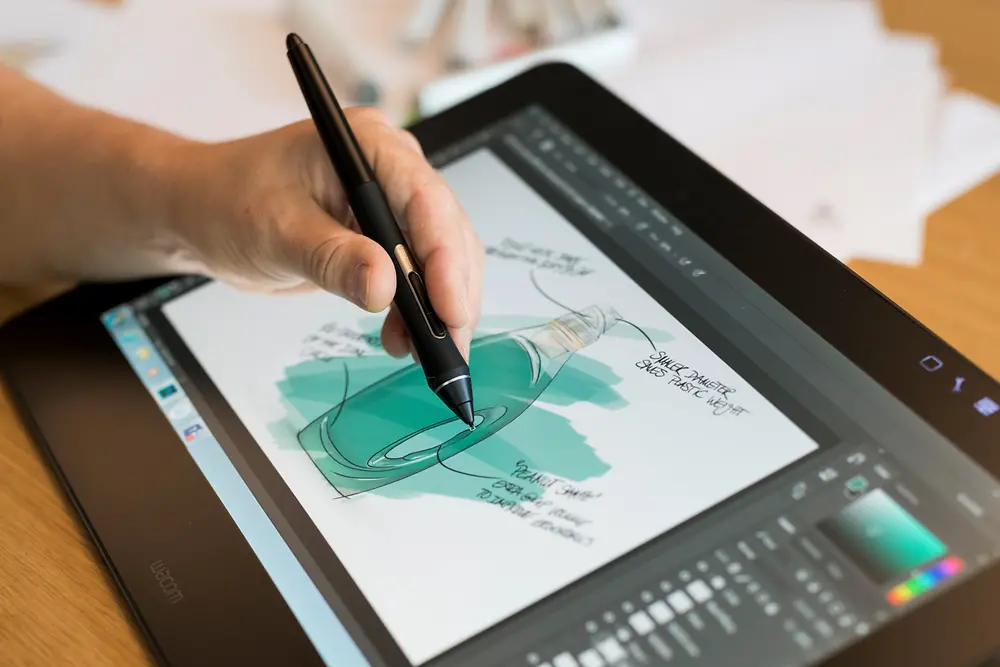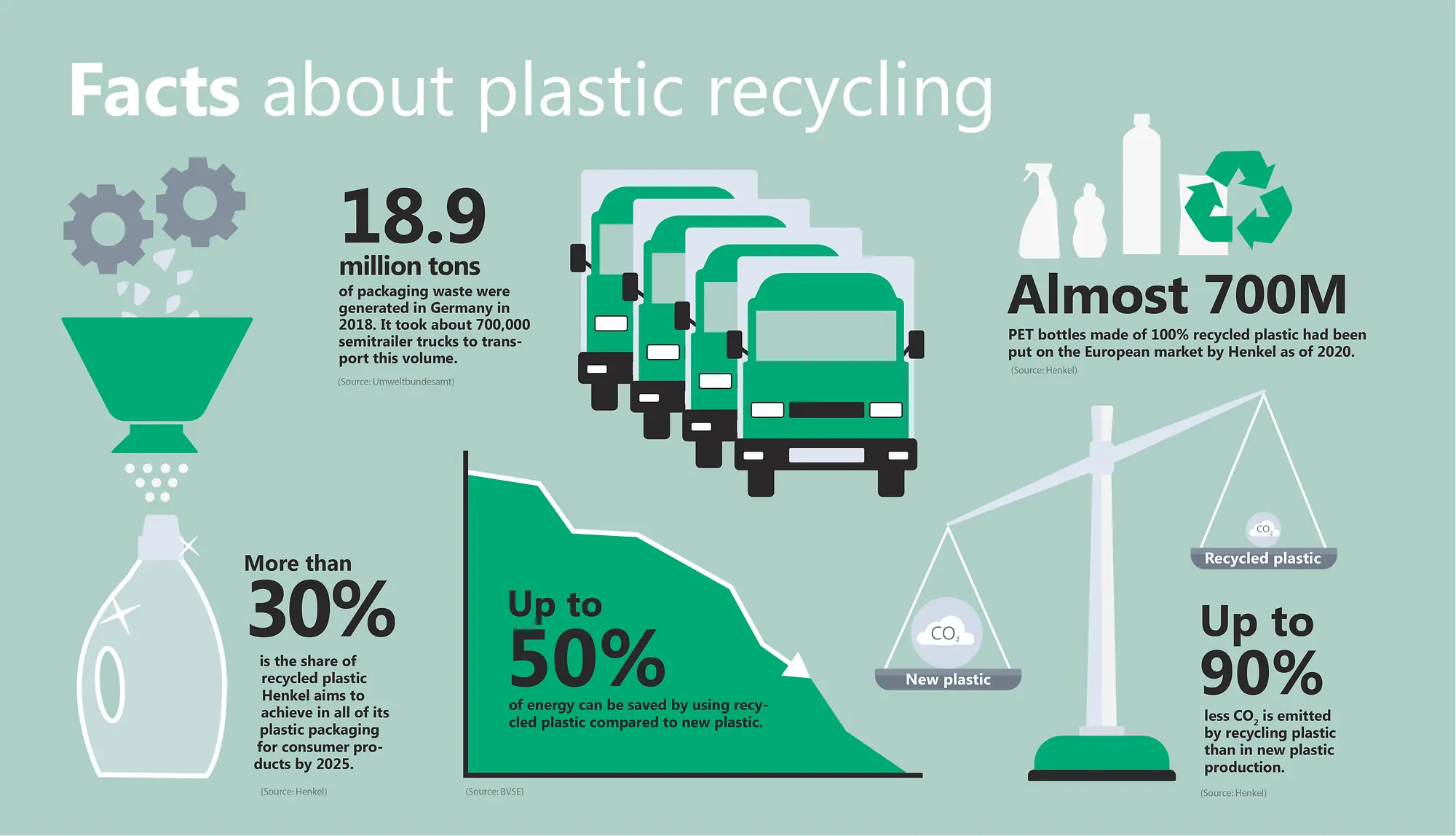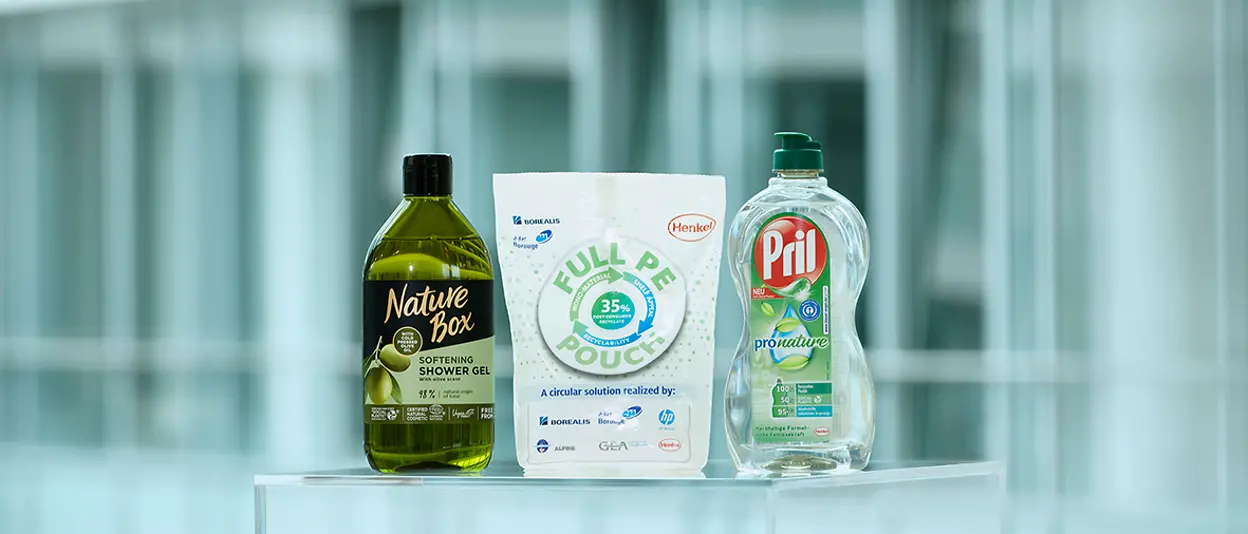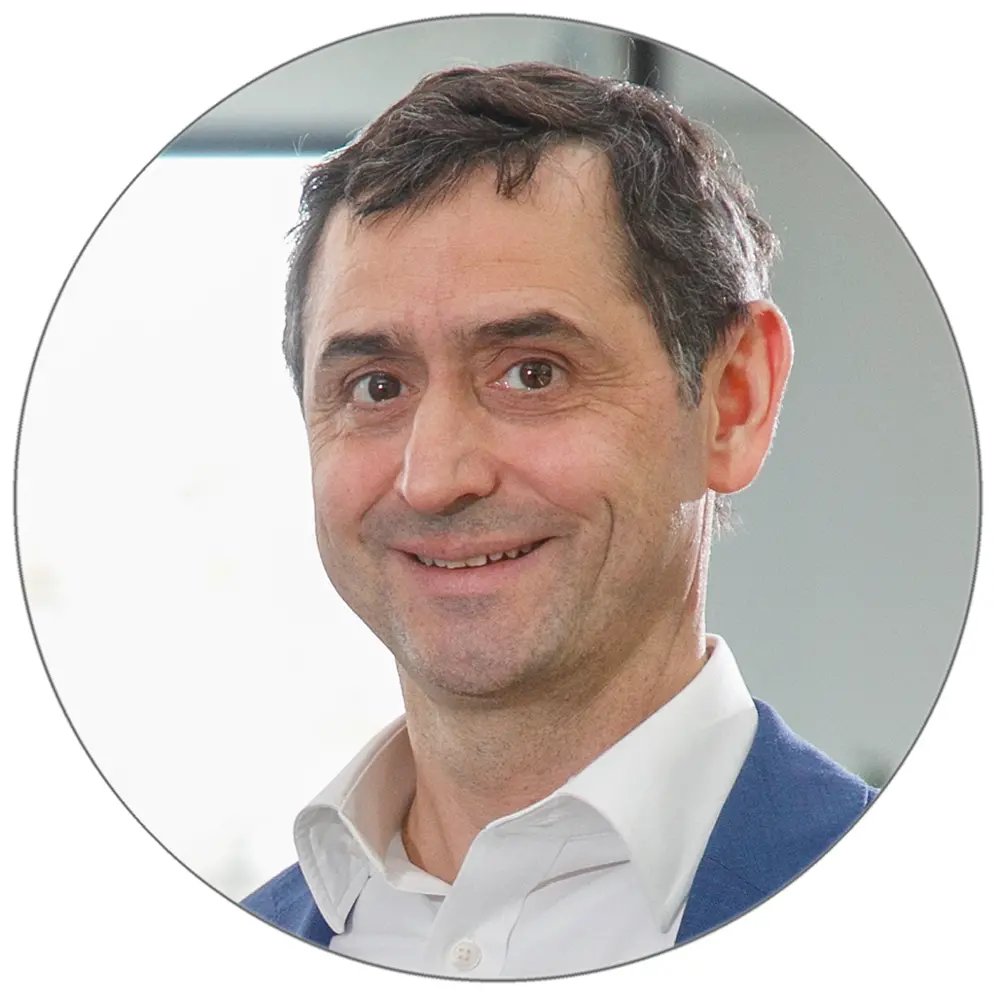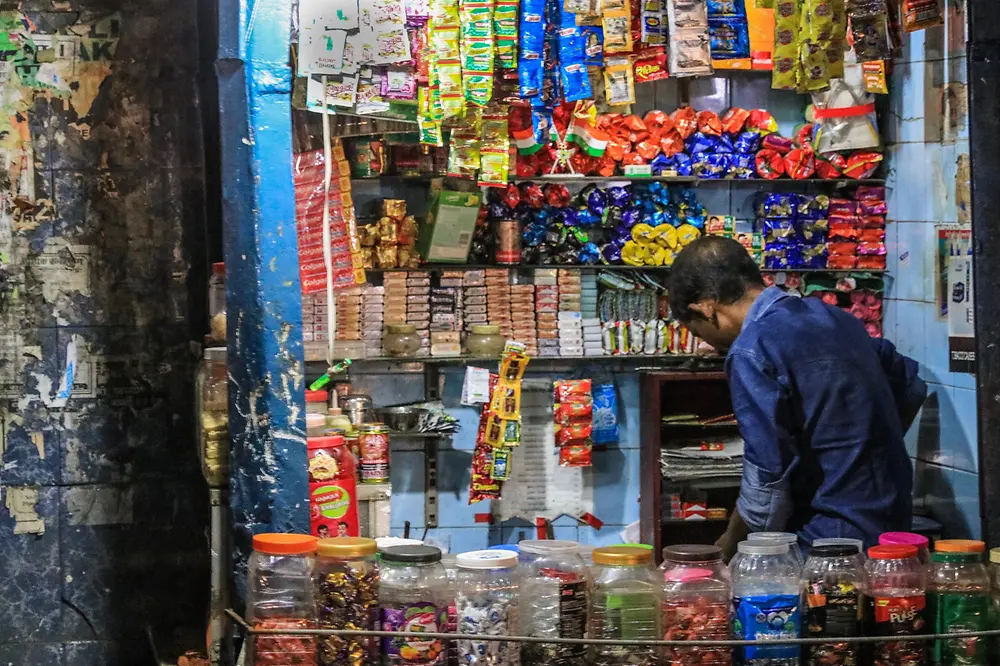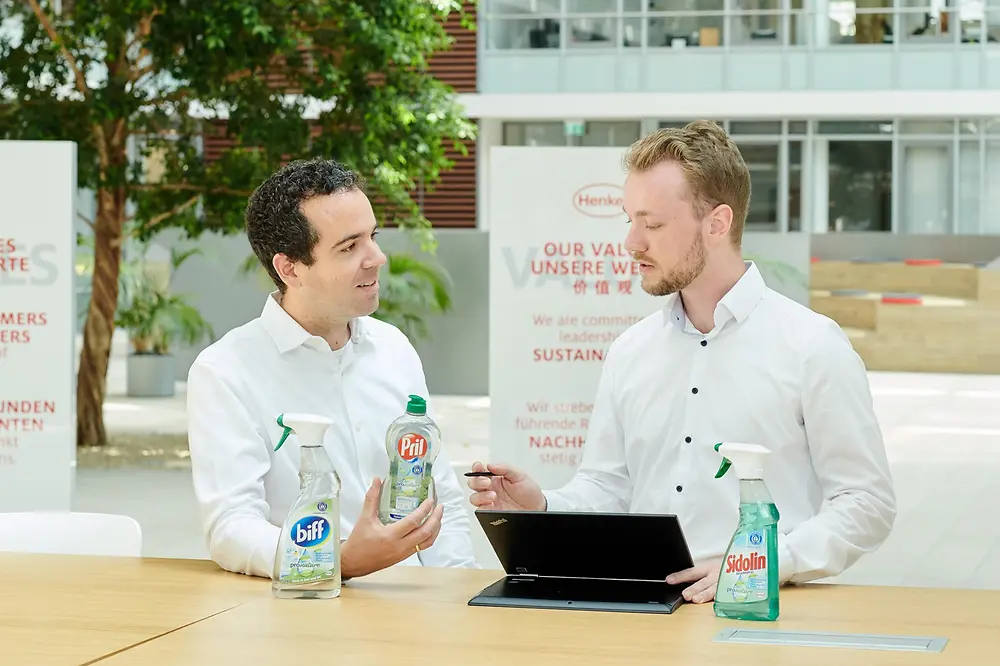Product and packaging design is an opportunity for consumer goods companies like Henkel to reduce carbon emissions and contribute to protecting the climate through the use of recycled plastic. The problem is that there is not enough high-quality recycled material available on the market. Systems do exist, like the yellow trash bag with which consumers can feed their used packaging back into a recycling loop, but empty packaging is often sorted incorrectly. In addition, not every country has such a recycling system in place, which means that many plastic containers end up in landfills. Two other factors also come into play: recycling plastic to a high standard of quality is a complex process and more expensive than making new material from fossil fuels. Not every plastic container can be recycled through this process, either – a problem that Henkel has set out to tackle.
To support a circular economy for so-called post-consumer waste, Henkel is working with several different partners. In collaboration with packaging manufacturers, we are focusing on closing the recycling circle with intelligent, recyclable packaging design and use of recycled plastic and bio-based materials. Rethinking packaging in this way reduces waste and its impact on the environment. Henkel has additionally partnered with various companies and initiatives that work on improving the recycling infrastructure to make a circular economy possible in the first place – for example by supporting recycling practices in developing countries.
Our goal is for 100 percent of Henkel’s packaging to be recyclable or reusable by 2025. We had reached 86 percent at the end of 2021.
The circular economy as a guiding principle
According to the Plastic Atlas 2019, published by German non-profit organizations Heinrich Böll Stiftung and BUND, more than 400 million tons of plastic are consumed around the world each year, a figure that is trending upwards. Not even a quarter of this plastic gets recycled. Manufacturing high-quality recycled plastic from jumbled packaging waste currently still represents a challenge compared to single-material collection of beverage bottles through a deposit system. When plastic is recycled, containers of all kinds are initially collected together, for example in the yellow trash bag, before being sorted by material type and reprocessed into plastic. The impurities and different colors present among the discarded materials pose a particular difficulty, with dark plastic being especially problematic because the recycled material cannot be used to manufacture light-colored packaging.
Alongside esthetic limitations like color, there are also quality limitations that can make processing the material more difficult or reduce its efficiency. Impurities such as foreign matter, for example, are detrimental to quality and lead to increased processing costs. Recycled materials therefore have to fulfill a set of key requirements pertaining to their safety, performance and quality – which, in turn, will require innovative solutions.
In collaboration with ALPLA, Henkel manufactured its first bottle made of chemically recycled plastic in 2019. This process makes it possible to recycle plastic blends that would otherwise have been left out into a high-quality material. The pilot project is part of the ChemCycling project launched by BASF and represents an important step towards sustainable packaging as it complements the mechanical processing of used plastic.
